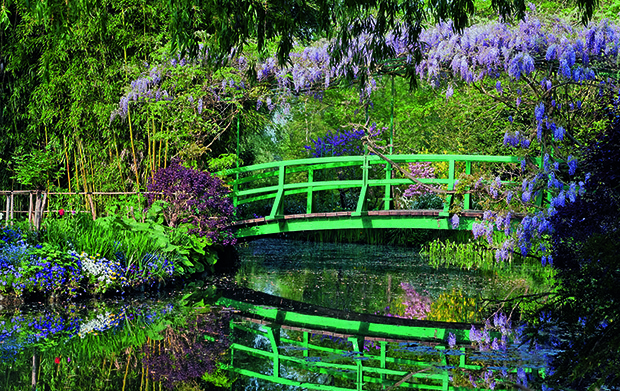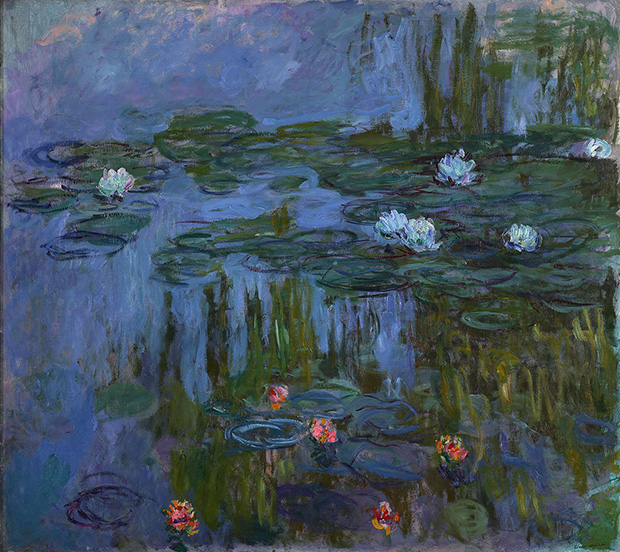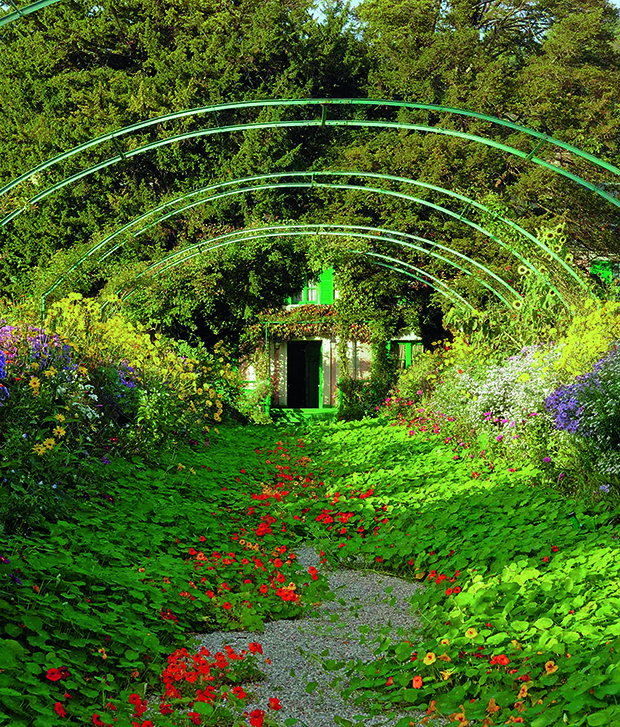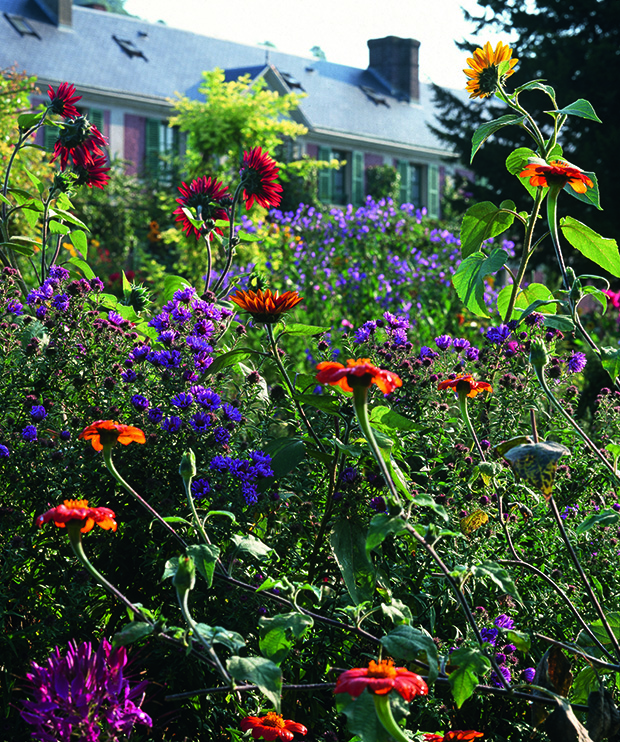
The garden that nurtured Impressionism
Get to know Claude Monet's horticultural masterpiece ahead of a new Royal Academy blockbuster
The French impressionist painter Claude Monet once wondered whether "I perhaps owe having become a painter to flowers.” While he was unsure as to the degree of influence the natural world had over his work, his dual interest in art and horticulture certainly inspired the Royal Academy’s forthcoming exhibition, Painting the Modern Garden. This impressive new exhibition, which opens on Saturday 30 January looks at the role horticulture played in the development of late 19th century and early 20th century painting.
The key works on show are of course Monet’s waterlilies paintings. Three of these panels, usually in the collection of three separate US institutions, will be on display together in the UK for the first time.
Yet, what do you know about the painter’s garden which gave rise to these works? Were you aware that the very nursery which supplied the painter with his plants is still in business, and still stocking Monet's waterlilies? Well this extract from our recent book, The Gardener's Garden, which surveys the plot of land the painter oversaw in Giverny, Northern France will clue you in to this and more.

“Claude Monet’s renowned garden at Giverny" as the book points out, "is actually two very different gardens. Of course there is his famous lily pond, but on the other side of the road, next to the house that was his home from 1883 until his death in 1926, is his first garden: the Clos Normand.
“This formal pattern of flower beds was influenced by Monet’s visit to the Dutch tulip fields, and is full of perspective, symmetry and colour. In spring, for example, it is filled with irises, peonies, tulips and forget-me-nots.
“The wide central allée leading down from the house towards the road is arched over with iron rods, covered in climbing roses in early summer. By autumn the path is smothered in self-seeded nasturtiums. As beautiful as the flower displays are, Monet also used them as a laboratory to experiment with colour combinations, letting the plants grow freely. It is little surprise that Monet had a huge influence on another painter-turned-gardener, Gertrude Jekyll, who applied painterly colour theory to her planting designs.

“Monet’s second garden, which he made in 1893, was the Japanese-inspired Water Garden. With its informal pool covered with water-lily pads, fringes of weeping willow and a wisteria-clad Japanese bridge, it is instantly recognisable from Monet’s famous water-lily paintings, which dominated the last thirty years of his life. Yet there remains something almost surreal about passing beneath the road to emerge into a living painting. Visitors experience Monet’s two-dimensional art as a three-dimensional garden, and gain a new insight into his skill as both artist and garden designer.
As the visitor moves around the lake, the vistas and light change, and the water reflects the sky or is rippled by the wind. There is a clear sense of how Monet found this garden forever intriguing and inspiring. Monet purchased his water lilies from the nursery firm Latour-Marliac, which is still in business. The varieties he used including Nymphaea mexicana, N. Laydekeri Rosea and N. Odorata Sulphurea Grandiflora are still in cultivation for those who want to grow a little of Monet’s garden at home.”

For greater insight into the artist’s life and work buy this book, and for more on inspirational gardens around the world get The Gardener's Garden.